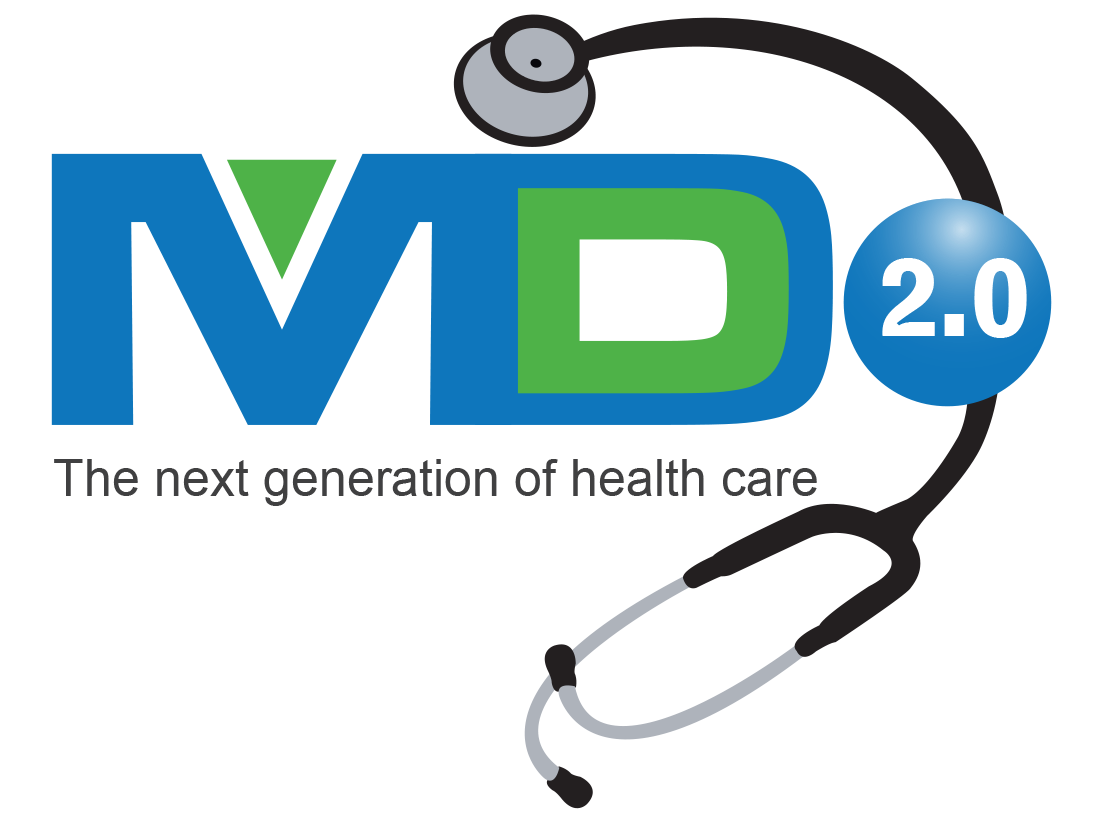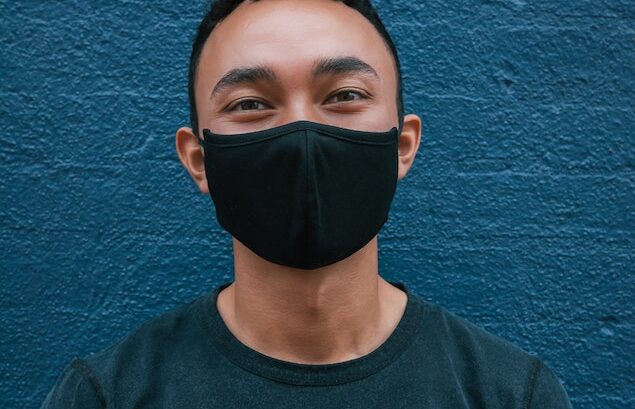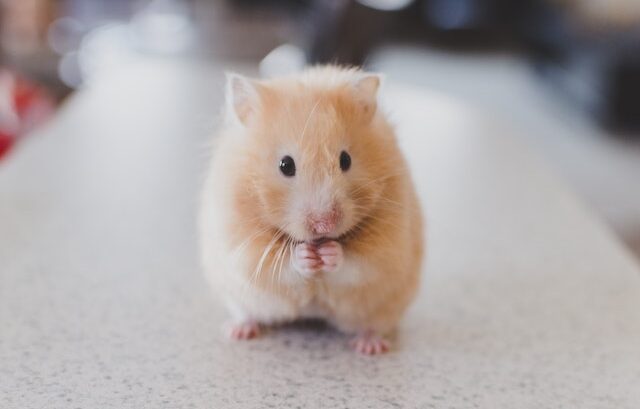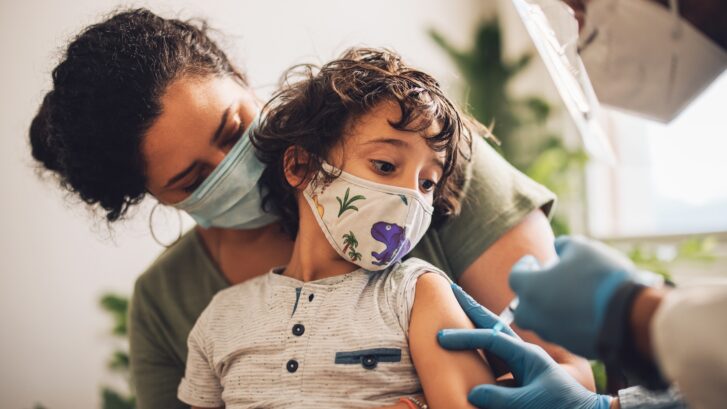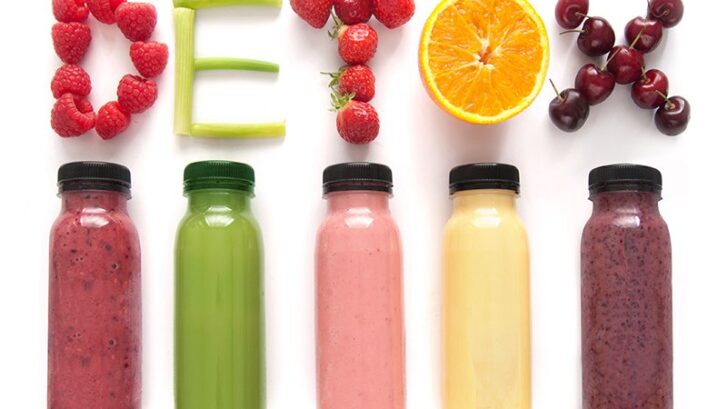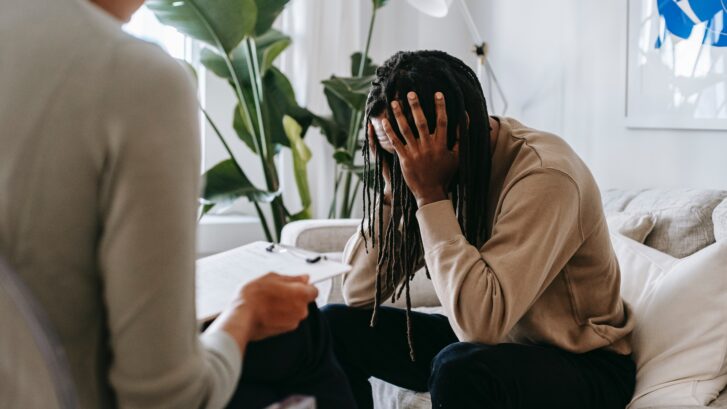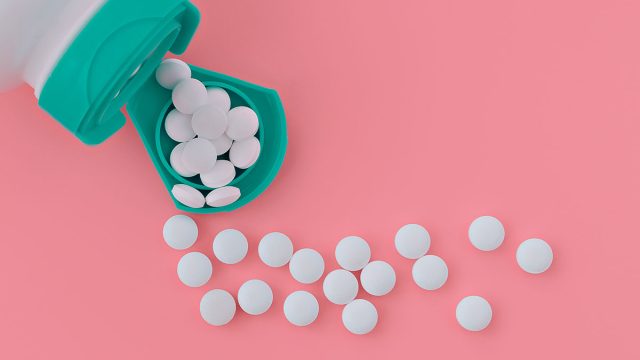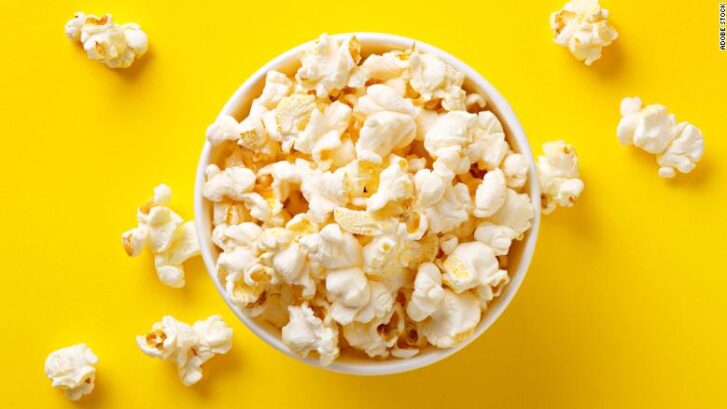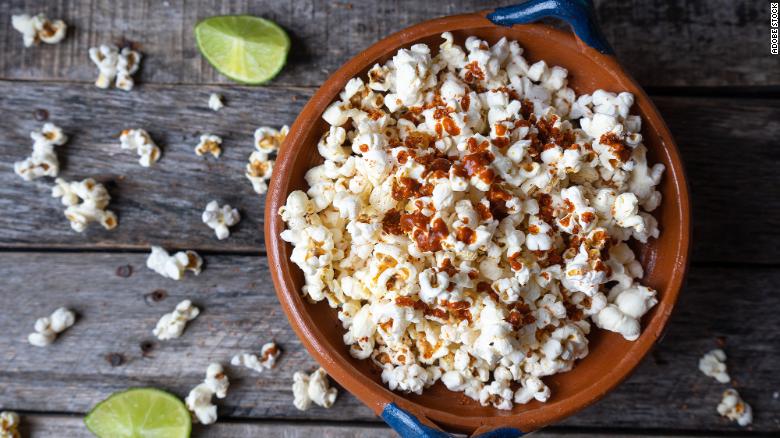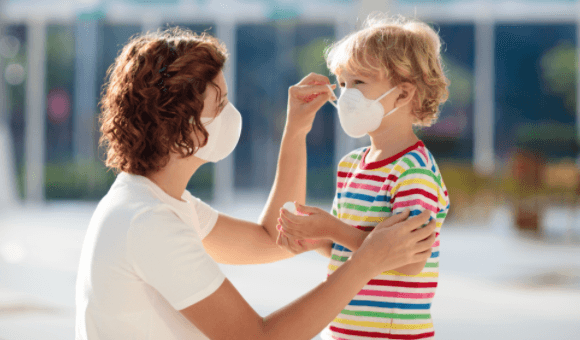To Mask or Not to Mask is Still a Question
Mask mandates are dropping rapidly across the country. It’s becoming unusual these days to see someone wearing a face mask for protection against COVID-19.
But is universal unmasking a good idea at this point? That’s what many of our patients have been asking, so our primary concierge doctors in Jupiter want to explore the pros and cons.
Latest research
One study, published earlier this month in the journal The Lancet Public Health, suggests that erring on the side of caution when it comes to masking could not only prevent a large number of COVID-19 cases, hospitalizations, and deaths, but also save a substantial amount of money for businesses, the healthcare system, insurance companies, taxpayers, and others.
The study was led by the Public Health Informatics, Computational, and Operations Research (PHICOR) team at the City University of New York Graduate School of Public Health and Health Policy (CUNY SPH), along with a team from the National School of Tropical Medicine at Baylor College of Medicine. The team based their projections on the delta variant of the virus, but found even greater savings with the more infectious variants such as omicron and the newer BA.2.
Using a computer simulation model of the entire country, researchers projected a total savings of $2.9 billion in direct medical costs for anyone paying for health care if universal masking continued beyond certain thresholds. This includes individuals, insurance companies, and the healthcare system. They also projected a cost savings of $20.1 billion in productivity losses to employers and taxpayers.
The thresholds included in the study were an 80 percent vaccination rate across the population and a viral reproductive rate of five (that is, how contagious and infectious the current variant is). The researchers included a cushion of two to 10 weeks beyond achieving those two thresholds as optimal benchmarks to achieve their projected savings.
Mixed messaging
“The messaging about face mask use has been inconsistent throughout the pandemic as there has been back and forth about the use of face masks,” Bruce Y. Lee, CUNY SPH professor, executive director of PHICOR and the study’s lead author said in a statement. “First there was a focus on social distancing and then the focus turned to face mask-wearing. Then attention turned towards the COVID-19 vaccines once they came out.
“Instead, as long as the pandemic is continuing, there’s a need to consistently layer multiple interventions on top of each other, since each complement and enhance each other.”
Yet still only 65 percent of Americans are fully vaccinated, 66.2 percent of Floridians. Only 18 percent of children between the ages of five and 11 are fully vaccinated, and only 44 percent of Americans have received a booster vaccine (38.4 percent in Florida).
Therefore, continued widespread use of masks in the U.S. would appear to be beneficial, even though few seem to be doing so now.
Unpredictable virus
The problem with the SARS-CoV-2 coronavirus is being able to predict what it will do next. Every time health officials believe it is under control or on the run, it pops up again in a slightly different form.
The latest entrant in the COVID-19 version of whack-a-mole is the even more contagious BA.2 subvariant of the omicron variant. In several Western European nations that have relaxed their various mitigation measures, BA.2 has caused as much as a 50 percent spike in cases within a matter of weeks once it appears.
So far, what happens in Europe doesn’t stay in Europe, at least as far as COVID-19 goes. Our case increases have been following theirs by a few weeks each time a new variant arises, and we’ve already seen several thousand cases of BA.2 infection here, the White House announced earlier this month.
While early indications are that it’s not hitting our population as hard as Europe’s, health experts are concerned because our vaccination rates are lower than theirs. This might mean we’ll see cases, hospitalizations, and deaths begin to increase again, possibly surpassing the case numbers seen in Europe.
Weighing the risks
So should you keep wearing a mask in indoor spaces?
With every state either rescinding mask orders or planning to do so, it’s up to individuals to decide for themselves. If you’ve been fully vaccinated, aren’t in any of the high-risk categories for severe illness or live with someone who is, and are in an area of low transmission such as Florida is at the moment, you may feel comfortable in not wearing one, at least until another variant such as BA.2 begins to spread more widely.
If you prefer to err on the side of caution, however, wearing a mask indoors might protect you from becoming infected. Remember that the SARS-CoV-2 coronavirus—regardless of variant—is transmitted primarily through aerosols that linger for hours in the air. The vaccines offer one layer of protection, masks another.
“Why wouldn’t [the BA.2 subvariant of omicron] come here?” Kimberly Prather, a professor of atmospheric chemistry and an expert on aerosol transmission at the University of California at San Diego, asked The Washington Post recently.
“Are we vaccinated enough? I don’t know. So I’m wearing my mask still. I am the only person indoors [wearing a mask] and people look at me funny, and I don’t care,” she added.
